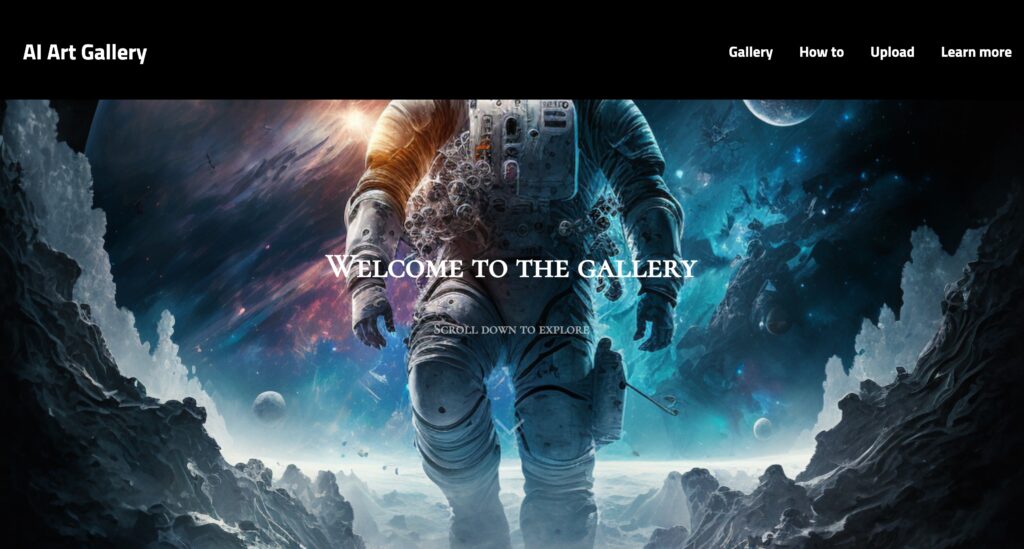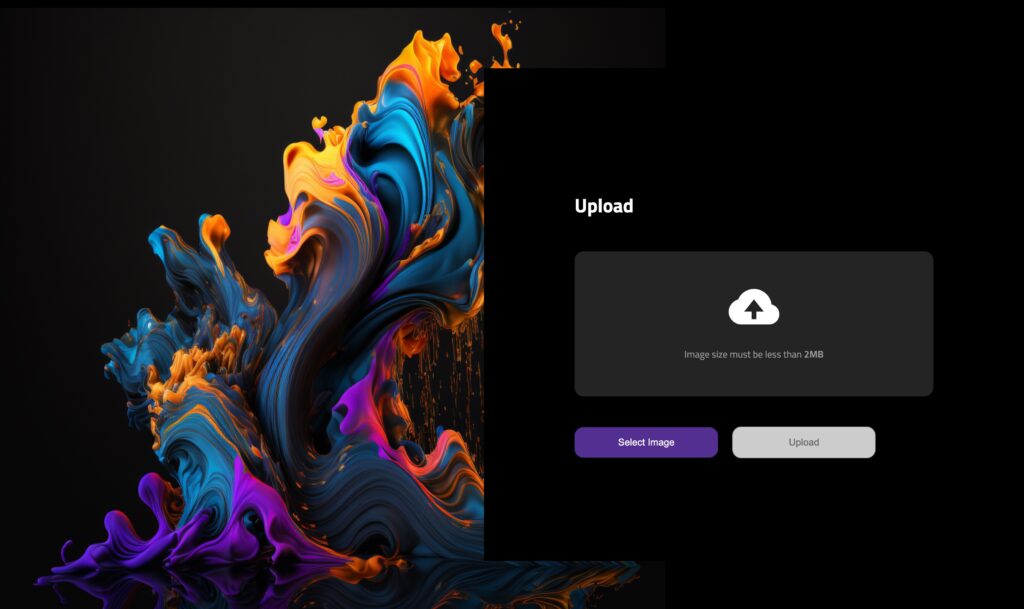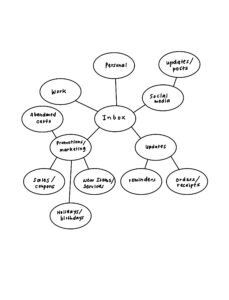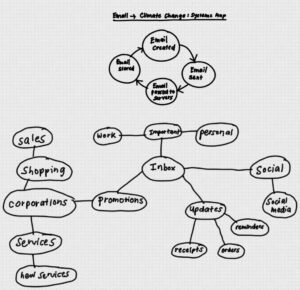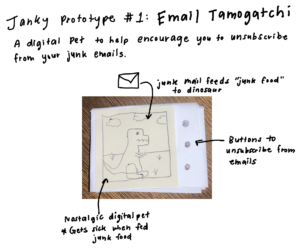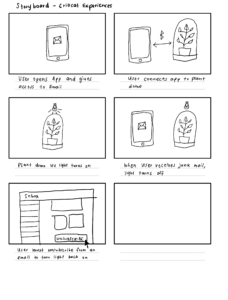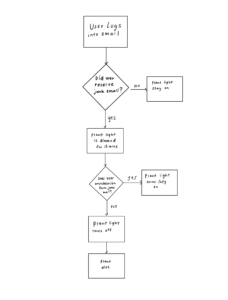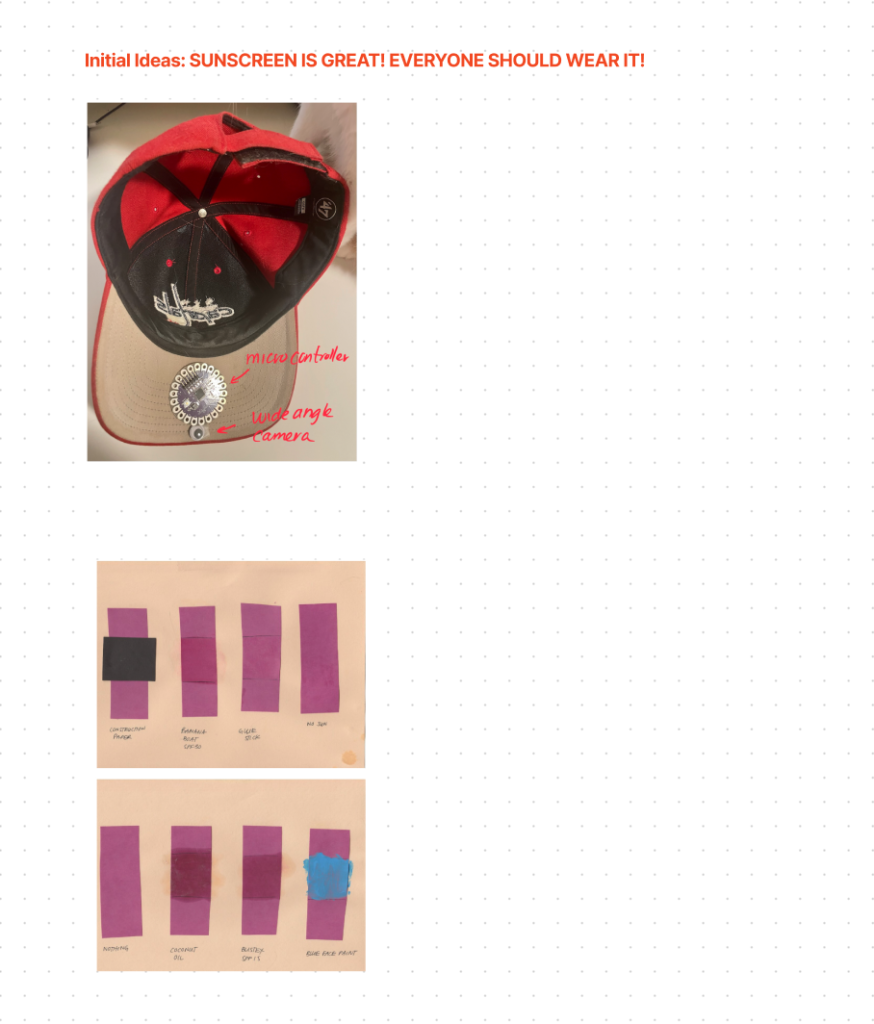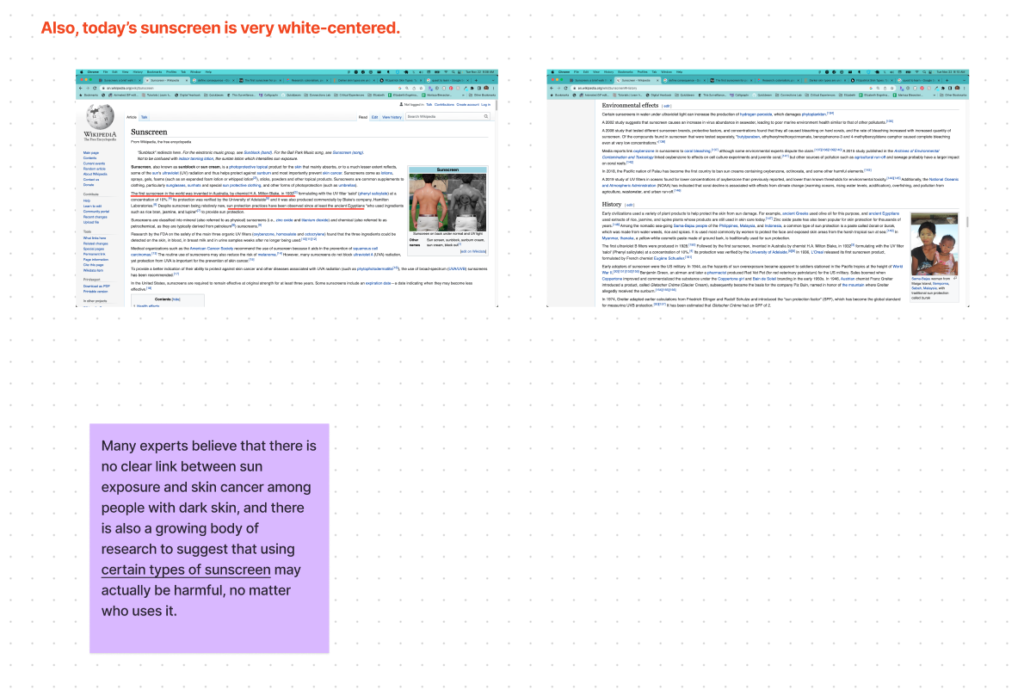Well Worn Baby Blanket

Held
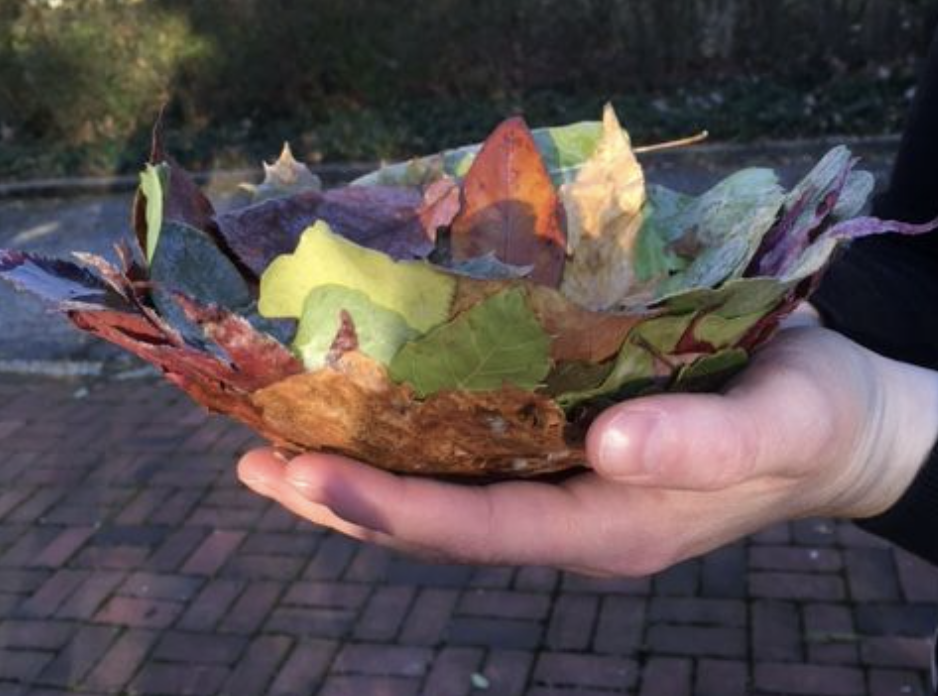
Vessels
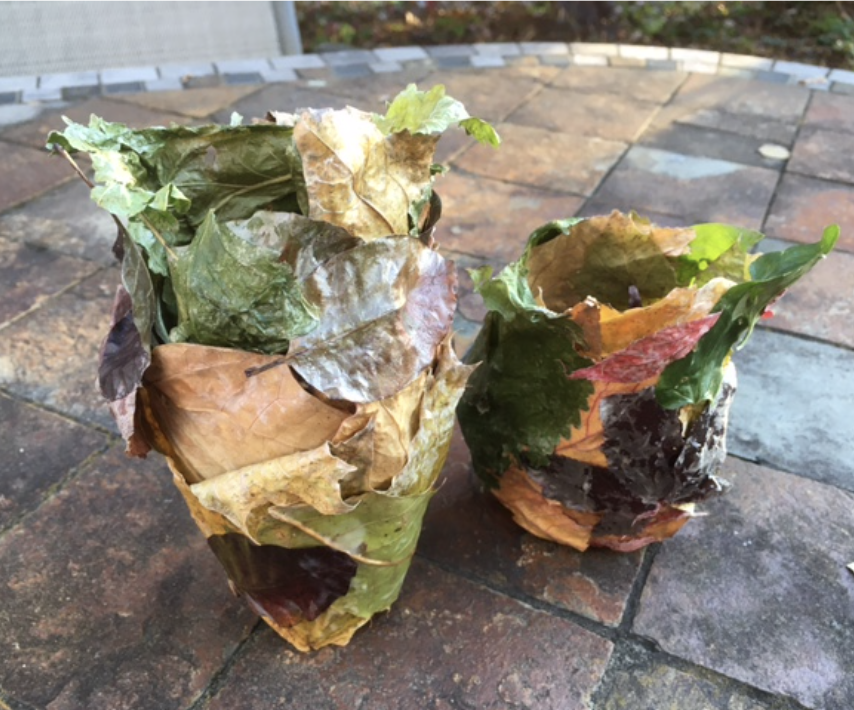
With this collection of work, I explore the many roles that plants play in their communities. I consider plants’ communities to consist not only of other plants, but also of humans, insects, birds, and other animals, and all of these other members rely on plants for some particular function. Plants provide nutrients, shelter, protection, services, and resources vital to their community members, but not all of these roles are recognized and celebrated or valued by humans. In making these objects, I wanted to point to several of the undervalued roles, or the invisible labor, that nature so frequently plays. By making these connections, I sought to begin shifting this value system. I hoped that the baby blanket could be held on ones lap, so one might feel the warmth and insulation that the dead leaves provide for new life. In creating a bowl, I hoped people would think about the essential nutrients provided by plants that keep humans, insects, birds, and wildlife alive and healthy, and that viewers would begin to see that plants prepare every meal for us. And Vessels speaks to the things that nature must hold and carry. Like the invisible labor provided by care workers, essential workers, and so so many more people — labor so frequently provided by women and people of color — this work that plants do is both vital and undervalued.
Thoughts/ Prompts/ A Loose “How-To” for a Nature Walk and Making Meditation
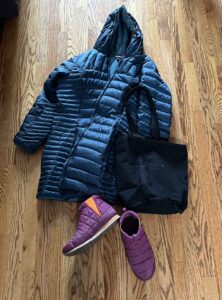 Step 1: Prepare yourself for a walk in nature
Step 1: Prepare yourself for a walk in nature
Regardless of where you are, you are in nature. At the very least, YOU are nature. Breathe in, breathe out, you’ll see that it is true. So let’s go for a little ramble to explore the nature that is all around us. I am in Chicago. I will write from that perspective, but if you are in this city, another city, a suburb, village, town, or elsewhere, you are also in nature.
To prepare for your walk, put on some comfy shoes. Grab whatever layers you need. Think about how you will carry any leaves or interesting things that you see on your walk. Does your coat have pockets? Should you bring a bag? Maybe you prefer to carry things in your hands?
Step 2: Get outside
Step outside your door. Look around and begin your walk. Feel your lungs and your legs and the sun or wind or rain or cold on your face. How does your body feel? Regardless of the answer, you are nature.
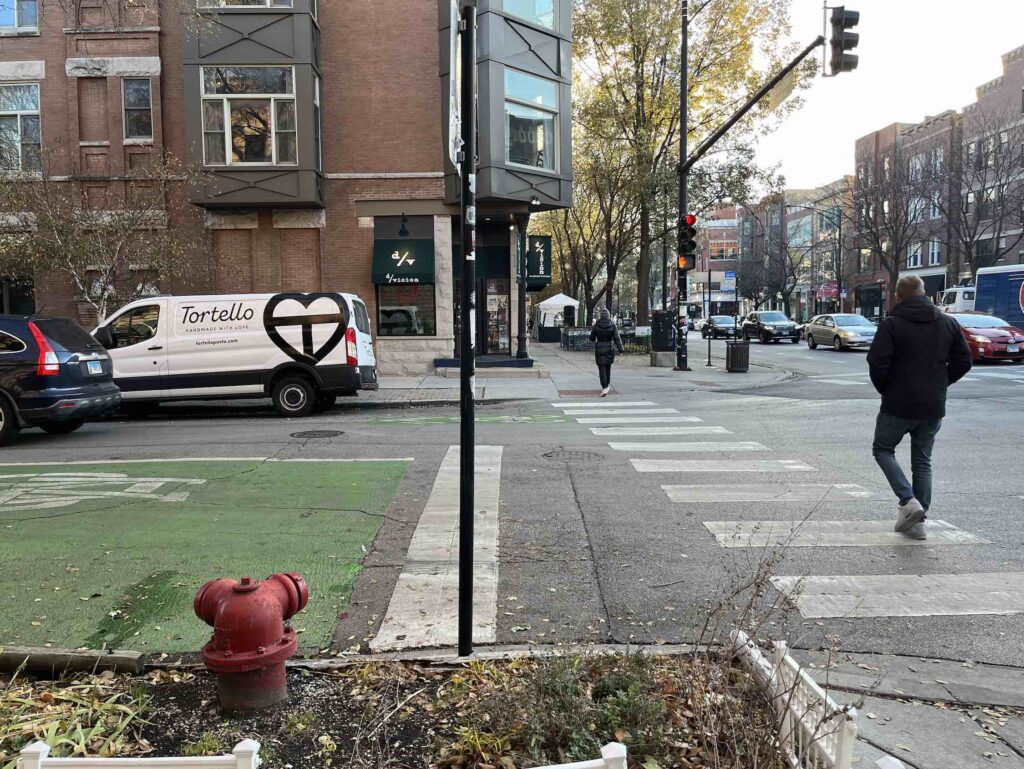
Now let’s look outside of ourselves. What do you see? Are there trees? Plants, bushes, flowers in window boxes? Maybe a hedge or a garden. Do you see other people? Maybe some dogs or squirrels, birds, even rats. These are nature!
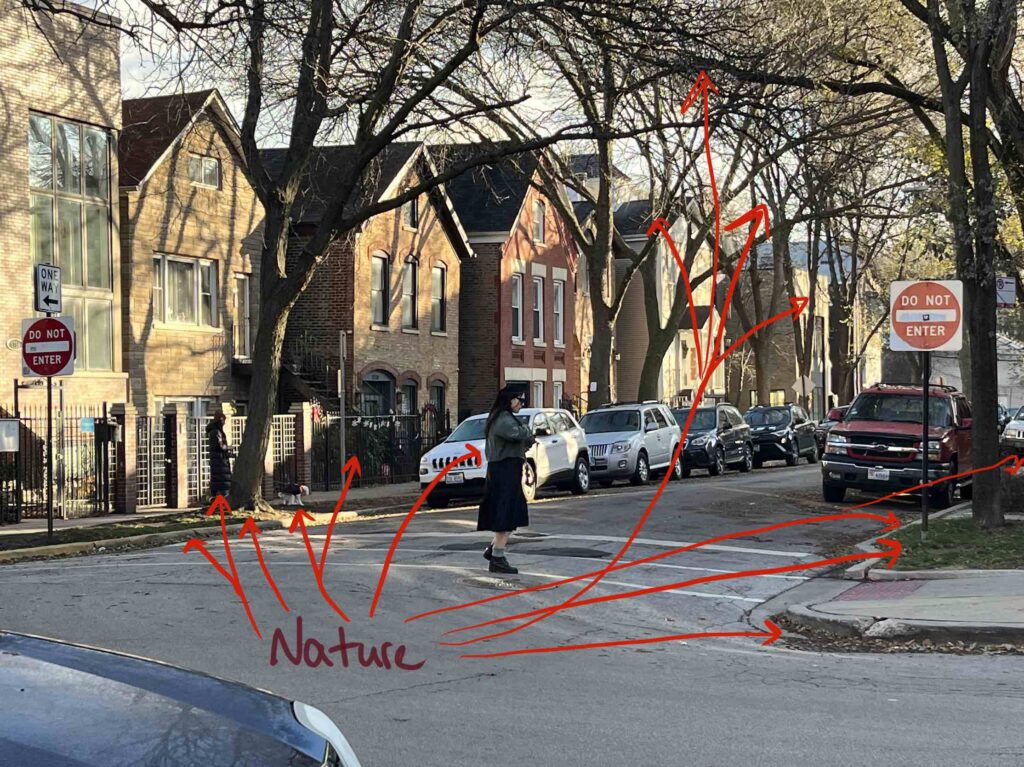

Let’s look a little closer. Are you on a sidewalk? Are weeds pushing up between the cracks? Are tree roots breaking apart the cement? Are grasses surrounding the edges of potholes, or pushing out from where the sidewalk meets the storefront? Marvel for a moment in the resilience of nature.
Step 3: Gather
As you walk, begin to gather small things. For our purposes, I suggest gathering leaves. Take a look at these leaves. What color are they? What is their texture? Are they brittle or soft? Thick or thin? Do they feel delicate? Do they look like lace? Or maybe they are tough and strong, like leather.


Notice their veins. These carry water and nutrients to the rest of the plant. Do you see small cells that make up the leaf? These might be stomata, which help the leaves to breathe.
Step 4: Mull
Keep mulling about the leaves. What do they do? They filter air, absorbing carbon dioxide and exhaling oxygen. They engage in photosynthesis, turning sunlight into energy. They communicate with other plants, emitting scents and chemicals to defend against herbivore attacks, or warn of nearby predators. For more on this subject, maybe start here.
Step 5: Return home
When you are ready, return home.
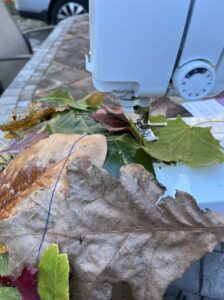
Step 6: Make a quilt
Clear a space for sewing a quilt. Get out your sewing machine.
Begin to sew the leaves together. Overlap one leaf onto another, or several onto many. There is no pattern for this quilt. Add more where you like, when you like. Make the colors pleasing — or don’t. The important part is to pay attention. See what is happening with the leaves. Are some breaking? That is ok! Are some turning to dust? Whoa. Are some holding up? Staying strong? Why?
In order to make the quilt stay together a bit better, try sewing in a cross-hatch pattern. But if you don’t care about this, then don’t.
Step 7: Test it
When you are ready, stop quilting. Maybe your quilt is the size of a dinner plate. Maybe it’s a placemat? Maybe the size of a baby blanket. Regardless, lay it on your lap. How does it feel? Do you feel your warmth reflected onto your lap? Do you feel insulated at all? Maybe not. But maybe so. This is the blanket that covers the earth (in places) in the fall. It insulates the ground, returns nutrients to the soil, allows insects and animals to build homes. Maybe, if you have a yard to rake, you leave a section covered in leaves.

Step 8: Prepare paste to make a vessel
In a small pot or saucepan, mix 1 cup of water and 2 tablespoons of flour. Whatever flour you have should be fine. Or at least worth a try.
Whisk this mixture together over medium heat, and keep whisking as it begins to boil. Once it is boiling, keep whisking. It may take a few minutes, but boil and whisk until the mixture starts to thicken and cook down, forming a thick glossy goo. It should be thicker than pancake mix. Maybe even as thick as pudding.
As you are cooking this paste, contemplate the work that nature does to feed the world. The photosynthetic magic of turning sunlight into energy. The vast network of root systems, arguably more complex and widespread than anything humans have made, that transport water, nutrients, life. The way that plants give of their very beings for every creature to eat, to shelter. Cooking can remind us of that.
Step 9: Paper mache leaves
Use some foil to build a basic form. I suggest making a bowl form as a place to start. To make a suitable bowl form, gather a generous amount of aluminum foil. Crumple it into a mass, and start to shape it into a low, wide cylinder. Then press down in the middle of this cylinder to form a hollow. Smooth this hollow out to the edges. It doesn’t have to be perfect, or anywhere near it. You just want to approximate a shape that will hold a bowl. Or whatever else you might want to make. And if you don’t want to make a bowl, or don’t have foil, do something else. Maybe just use a bowl you already have.
Line your form (or bowl, or just your table) with waxed paper. Grab a glob of flour paste and smear it onto a leaf. Lay this leaf on the waxed paper, and add another leaf. If you need more paste, add more paste. If you have too much paste, add more leaves. Overlap the leaves how you like, remove stems if you need to, and keep going with paste and leaves until you are satisfied with the results.
How does this feel? How does the warm paste feel on your fingers? How do the leaves hold up? What happens when they get covered with paste? Do they fall apart? Become transparent? Let your creation dry for a while — several hours at minimum, a day or two or longer if desired.
Step 10: Reflect
As you wrap up and move about the rest of your day, do a little reflection on this activity. Here are some suggested questions to guide your reflection, but go rogue.
What did this process bring up for you? What did you learn? What did your fingers teach you about the materiality of nature? What does this materiality mean? Where does it come from? What does nature do?



